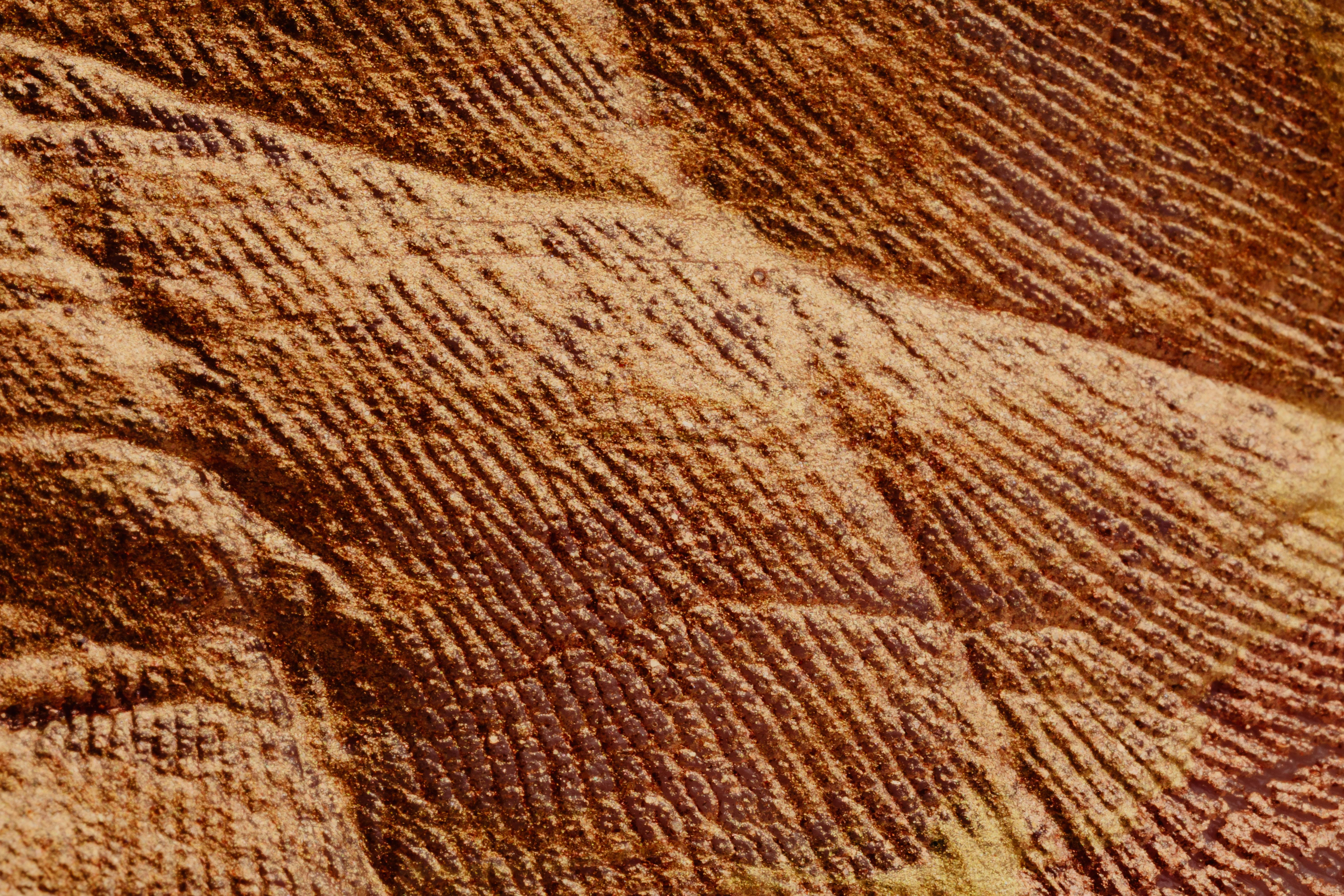Waterproofing brick lining: simple guidelines
There is nothing as attractive as brick to give a house a classic look. Brick veneer has become a popular option for modern home builders to cut costs while maintaining the look that brick offers. This construction method uses standard wood-framed walls, while laying a layer of brick veneer over the exterior walls. This results in faster (and cheaper) construction, while also giving the appearance of a brick house. Unfortunately, this method has inherent problems, namely the ingress of moisture into the bricks. Therefore, waterproofing brick liner is a must for all aspects of maintenance, appearance, and structural stability.
When a brick veneer wall is left untreated, moisture will seep into interior walls, especially around window frames. Additionally, moisture will begin to degrade both the appearance and performance of the brick veneer. White spots (known as “Efflorescence”) may appear on the brick; they are the result of water dissolving the natural substances in the brick. More importantly, this moisture will freeze inside the brick and expand. This causes a condition known as “chipping” and will cause the brick to crumble and flake. Waterproofing brick veneer prevents both conditions by preventing moisture buildup.
While it is true that brick veneer walls (only in the best of conditions) will tend to absorb and evaporate liquid on their own, i.e. without any waterproof liner, homeowners cannot guarantee that their brick veneer will always be able to handle the demands imposed by the environment. in that. The smart and sensible solution is to take steps to avoid this moisture as much as possible, in the best way available.
There are innumerable products that can be found for waterproofing brick cladding. However, some of these products can do a lot more harm than good; All-purpose surface sealers may seem like a good idea, but they are usually acrylic or silicone based. These materials (when applied for the purpose of waterproofing brick veneer) will prevent water vapor from escaping from the interior of the house and thus cause spalling.
So what is the solution? Best Brick Waterproofing Tips recommend the use of a siloxane-based penetrating sealer. Siloxane is a brick waterproofing material that allows the sealant to chemically bond to the brick. This process allows the brick to be impenetrable against liquid water, while also allowing it to breathe, thus greatly reducing the chances of chipping or any other damage to your brick veneer.
By following these guidelines, you can be sure that your brick veneer will be safe for years to come and provide long-lasting performance. Your home’s beautiful exterior can be easily preserved by following these tips for waterproofing brick veneer.

Leave a Reply